10 superfoods you can grow easily at home - boost the health benefits of your vegetable patch
Save your money and grow your own super healthy produce at home
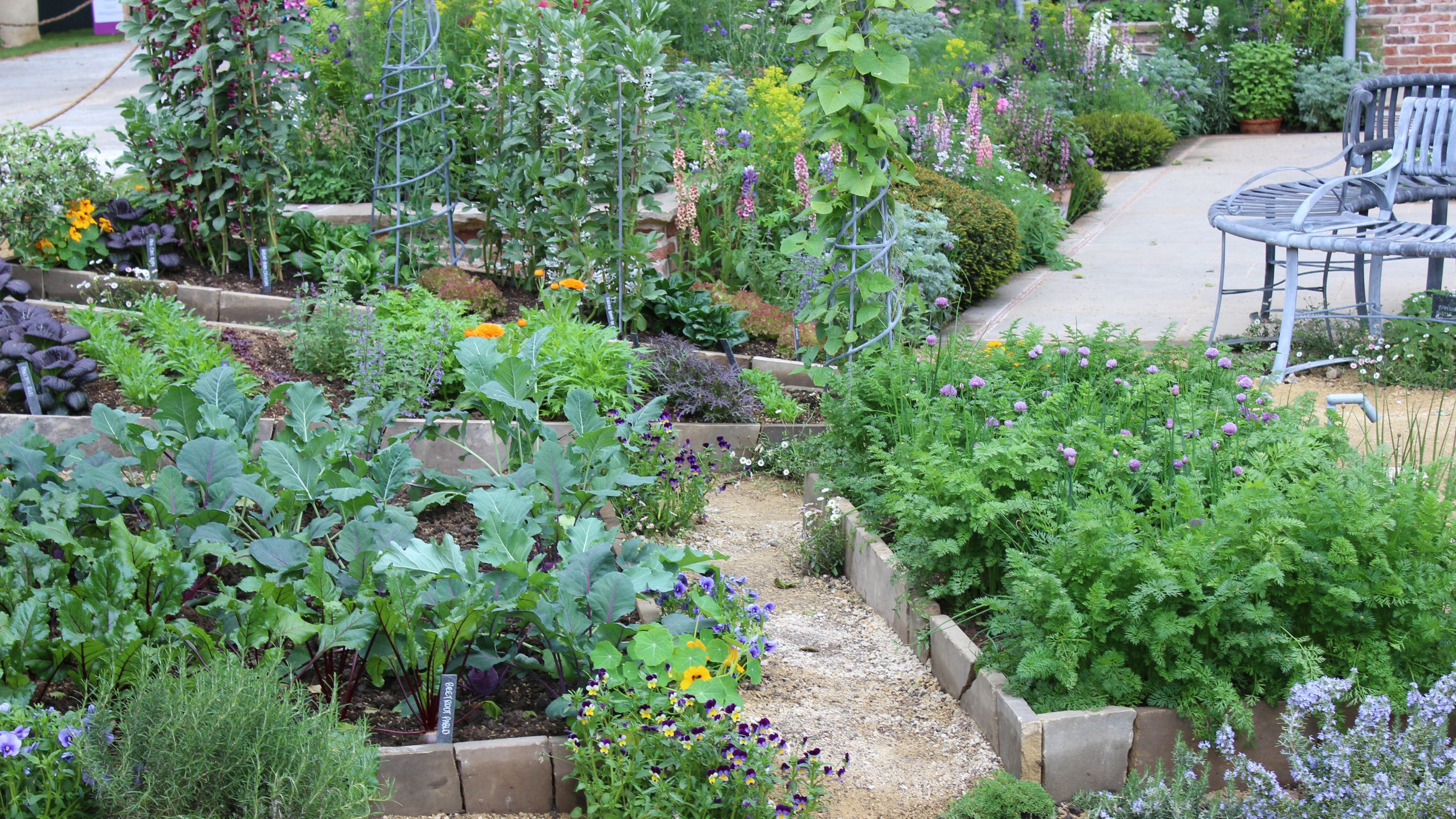


Growing your own superfoods at home can be super-easy, and it’s certainly a way to save money and keep your carbon footprint low - why buy blueberries, for instance, when you can raise your own in any container?
If you’re planning how to grow vegetables in a small garden it makes sense to think about what superfoods you can include.
But what is a superfood you can grow at home? The list grows ever longer as scientists discover new links between certain crops and health and well-being. Some say the health-benefitting claims of superfoods are spurious and nothing more than a marketing term, but generally the honorific ‘superfood’ includes vegetables and fruit rich in vitamins, minerals and antioxidants.
And, according to Thompson & Morgan, more and more people want to grow superfoods at home. The seed and plant company has seen a 112 per cent increase in the sale of blueberry plants over the last 12 months, whilst sales of globe artichoke seeds have risen 89 per cent and asparagus by almost half (46 per cent).
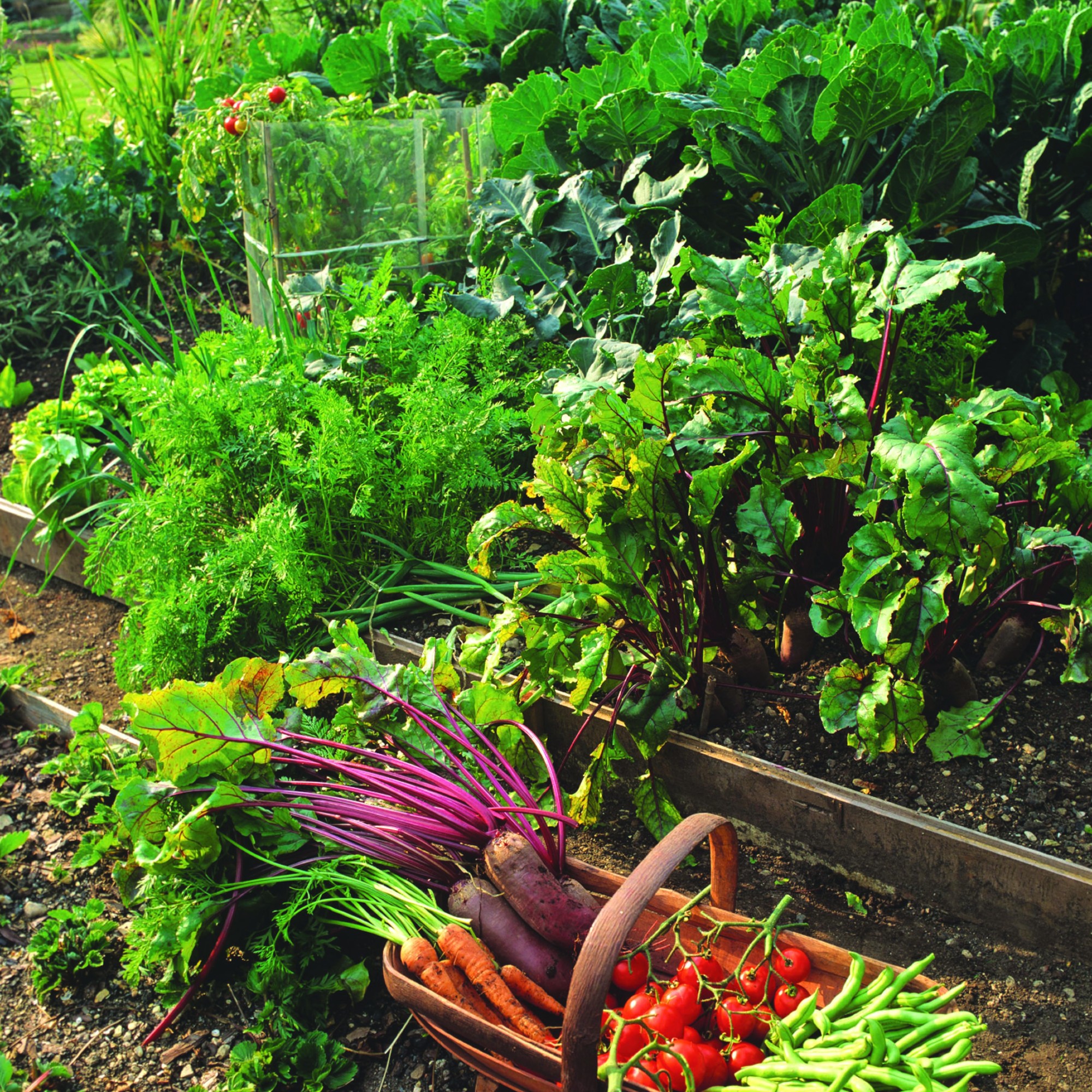
From boosting immunity and physical strength to keeping ageing at bay, there’s a superfood to grow at home for everyone, from berries bursting with antioxidants to rows of multi-purpose beetroot, a crop so easy it can even get the youngest family members involved.
Expert gardener and author, Sarah Raven, says when you’re thinking about superfoods you can grow easily at home and particularly if you’re considering how to start a small vegetable garden, you should start with ‘the big producers’.
'My first piece of advice is to carefully select what you’ll grow. Choose your supply in categories, starting with the ‘big producers’ such as kale, chard and spinach. These are easy to cultivate and perfect to ‘cut and come again.'
Sign up to our newsletter for style inspiration, real homes, project and garden advice and shopping know-how
Here are our experts’ favourite 10 top superfoods you can grow at home.
1. Asparagus
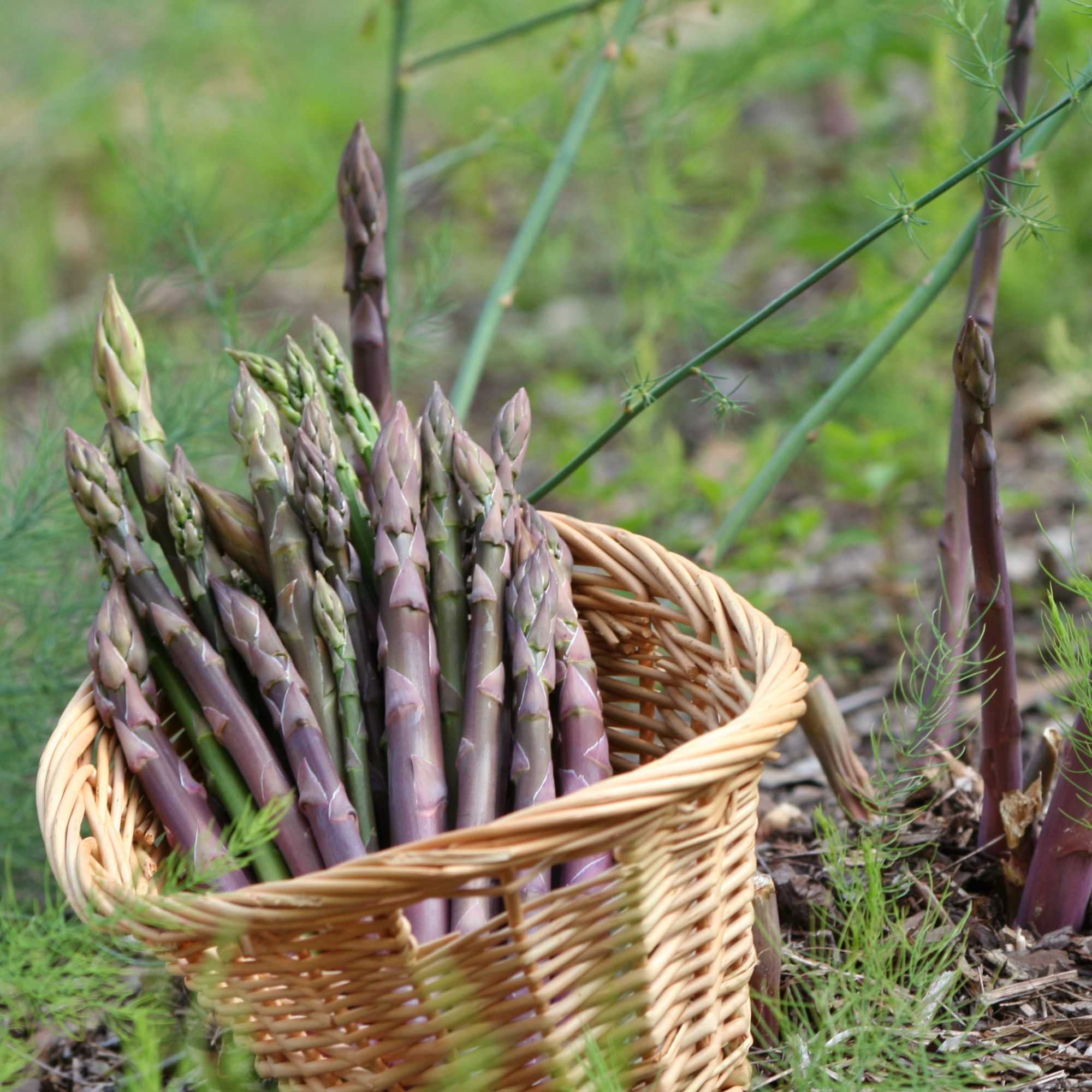
Asparagus is not a superfood to grow at home for the impatient gardener as you’ll have to wait two years before you can harvest any spears but,' says Annelise Brilli, horticultural expert at Thompson & Morgan. 'But, if you have the space, this luxury vegetable is a long-term investment with high returns; it’s delicious and good for you.'
Packed with vitamin K, C and folate, asparagus is also claimed to be a good prebiotic, so can improve gut health.
A free-draining site, clean of all perennial weeds, is essential for asparagus growth. 'Do the prep thoroughly and your asparagus bed will be productive for up to 20 years, requiring little maintenance other than weeding and cutting down old stems at the end of the season,' says Annelise.
2. Beetroot
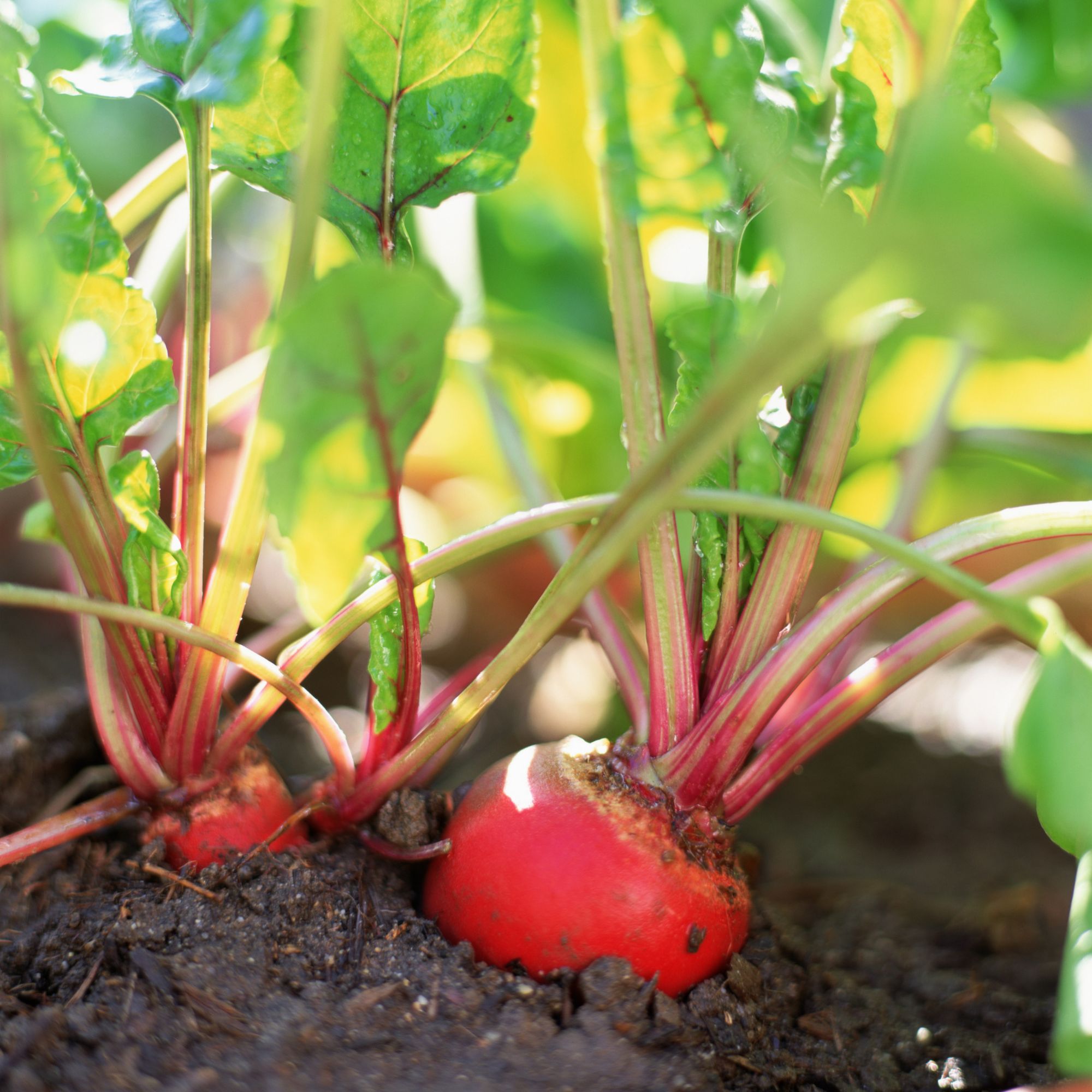
One ‘superfood’ everyone should grow at home is beetroot, says Annelise. 'It is a cinch to grow, quick to mature and ideal for successional sowing and intercropping between rows of slower-maturing vegetables.'
Beetroot is naturally rich in compounds called nitrates which help blood flow and keep blood pressure down. It’s rich in betalains, which help reduce inflammation, folate (folic acid), fibre and Vitamin C. A number of studies claim this superfood can help ward off the production of cancerous cells.
'All parts of the beetroot are edible, including leaves. It makes a pretty edge for vegetable beds, especially if you choose a dark-leaved variety such as ‘Morello’,' says Annelise. Her top tip for how to grow beetroot is to always keep the soil moist, this will keep your beetroot tender and avoid it bolting.
3. Blueberry
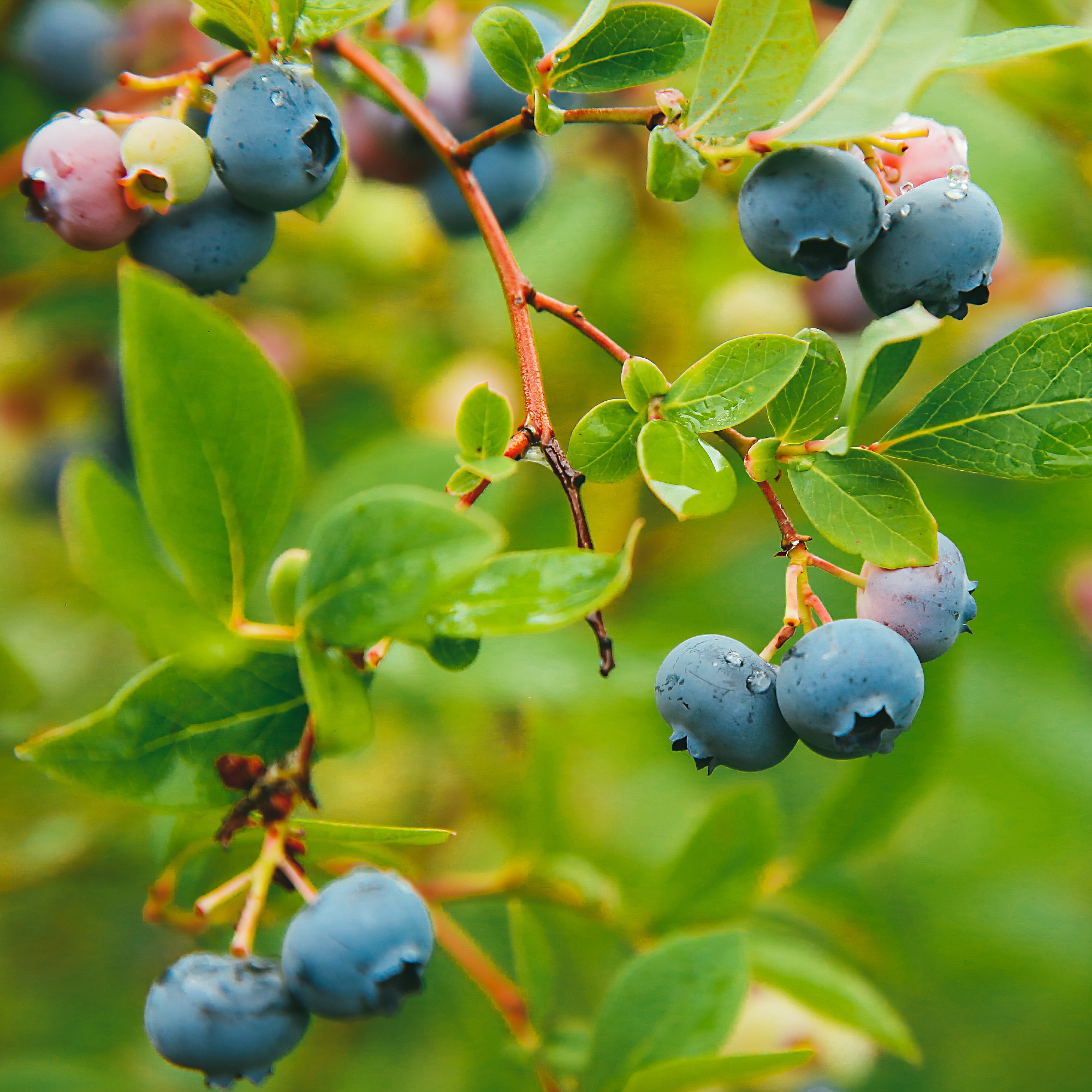
Blueberries are expensive to buy but a surprisingly easy superfood to grow at home, says Annelise: 'Blueberries are also highly ornamental – with pretty flowers in the spring and crimson foliage in the autumn.'
Although growing blueberries requires acidic soil, they readily adapt to growing in containers of ericaceous compost so they are ideal for gardeners who want to grow superfoods at home on a patio or balcony. Give blueberries a sunny position and they will produce generous crops of juicy berries packed with antioxidants, vitamin K and C, Annelise adds.
4. Globe artichoke
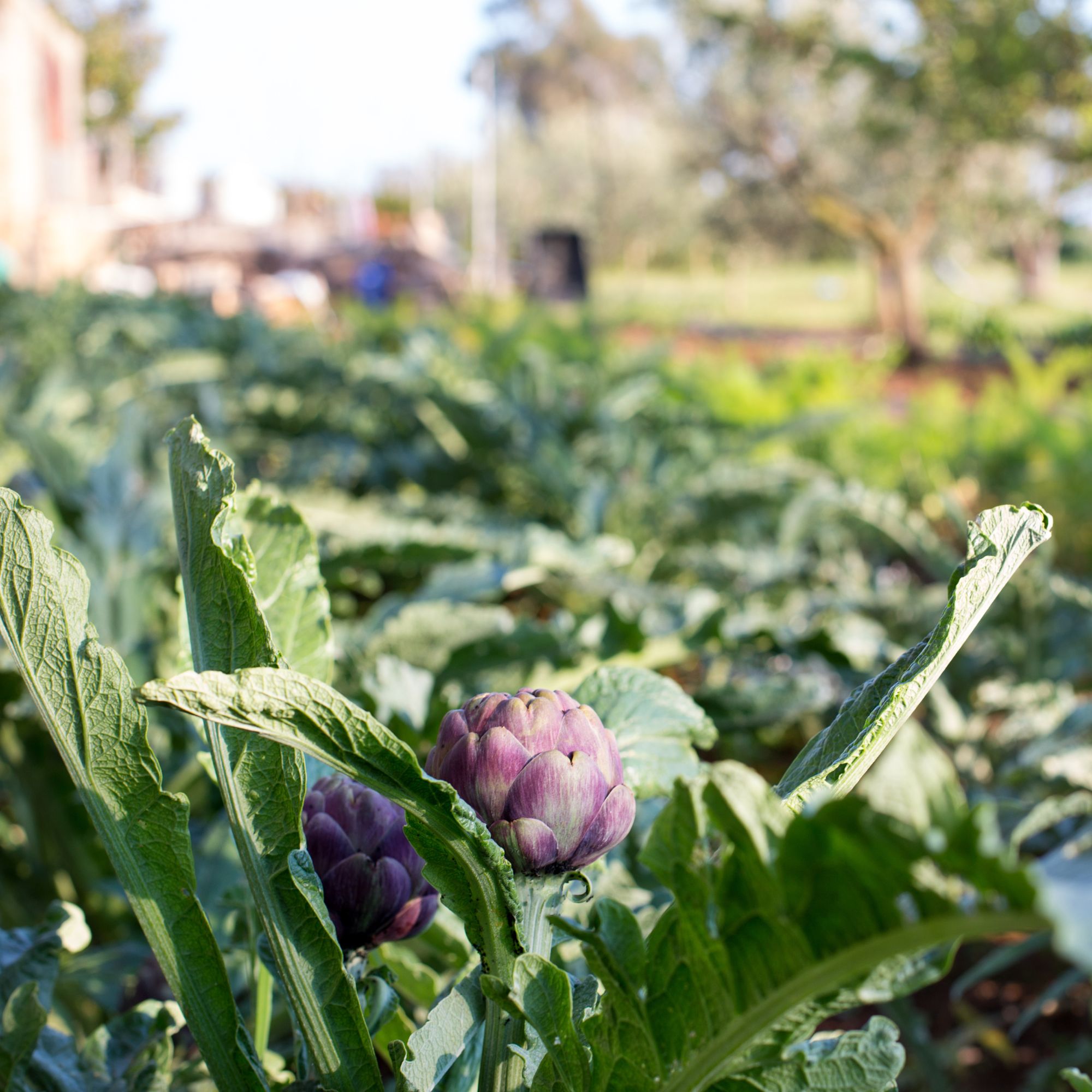
'I love globe artichokes because, not only do they taste delicious, they also make handsome architectural plants, easily meriting a place in the ornamental border,' says Annelise. This easy-to-grow, perennial vegetable is an easy superfood to grow at home; it simply requires a sunny, sheltered site.
After three to four years, production may drop off but old plants produce plenty of young offsets which can be sliced off with a sharp spade and replanted, Annelise says: 'To enjoy tender, buttery artichokes that are packed with antioxidants, make sure you harvest the heads whilst still tight in bud and before the scaly bracts harden.'
5. Kale
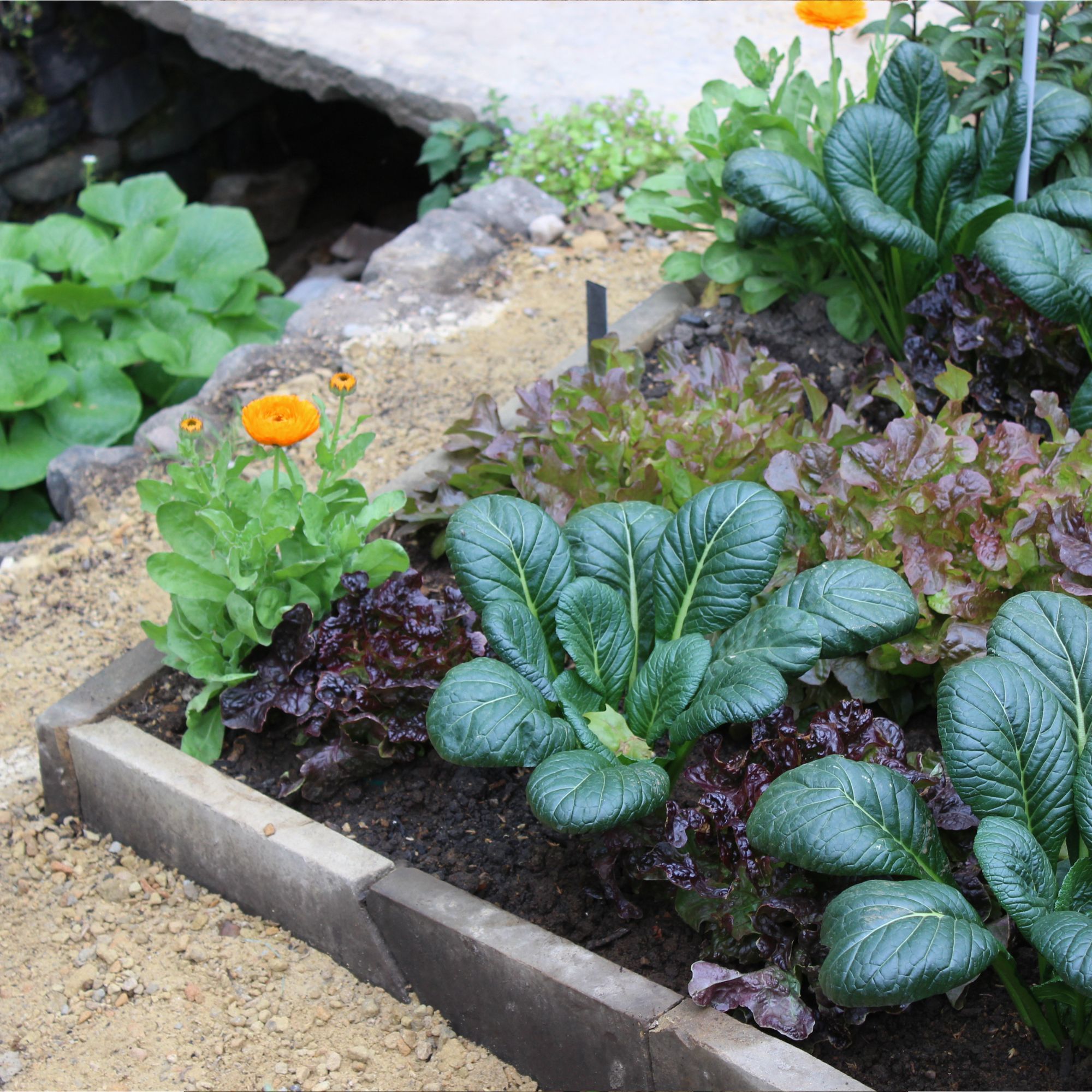
Kale has long been hailed as a superfood. This nutrient-dense leafy green is packed with vitamins, minerals, and antioxidants, making it a powerhouse of nutrition, says Richard. If you’re wondering how to grow kale, don’t worry. It will thrive in most soils and is happy in some shade, although it prefers full sun if possible.
You can sow kales – there are a number of varieties, with dark, light green or red leaves - in the UK any time from February through to July. Planting by early to mid-August latest is important for winter production as the plants need to establish before the cooler months arrive, says Penny Hemming, head gardener at The Riverford Field Kitchen, the onsite restaurant of organic veg box company Riverford, near Totnes, Devon.
Harvest the tender delicious leaves as they mature throughout summer and winter months, 'and be sure to eat the nutritious flowering shoots at the end of the plant’s life,' adds Penny.
Penny Hemming is the head gardener at The Riverford Field Kitchen, the onsite restaurant of organic veg box company, Riverford , near Totnes, Devon. She can usually be found in 'Penny's Polytunnel', an Aladdin's Cave of unusual veg and herbs, used to supply the Field Kitchen restaurant. She also runs guided tours and farm walks, takes workshops and is a fount of knowledge about the history of Riverford and its land.
6. Parsley
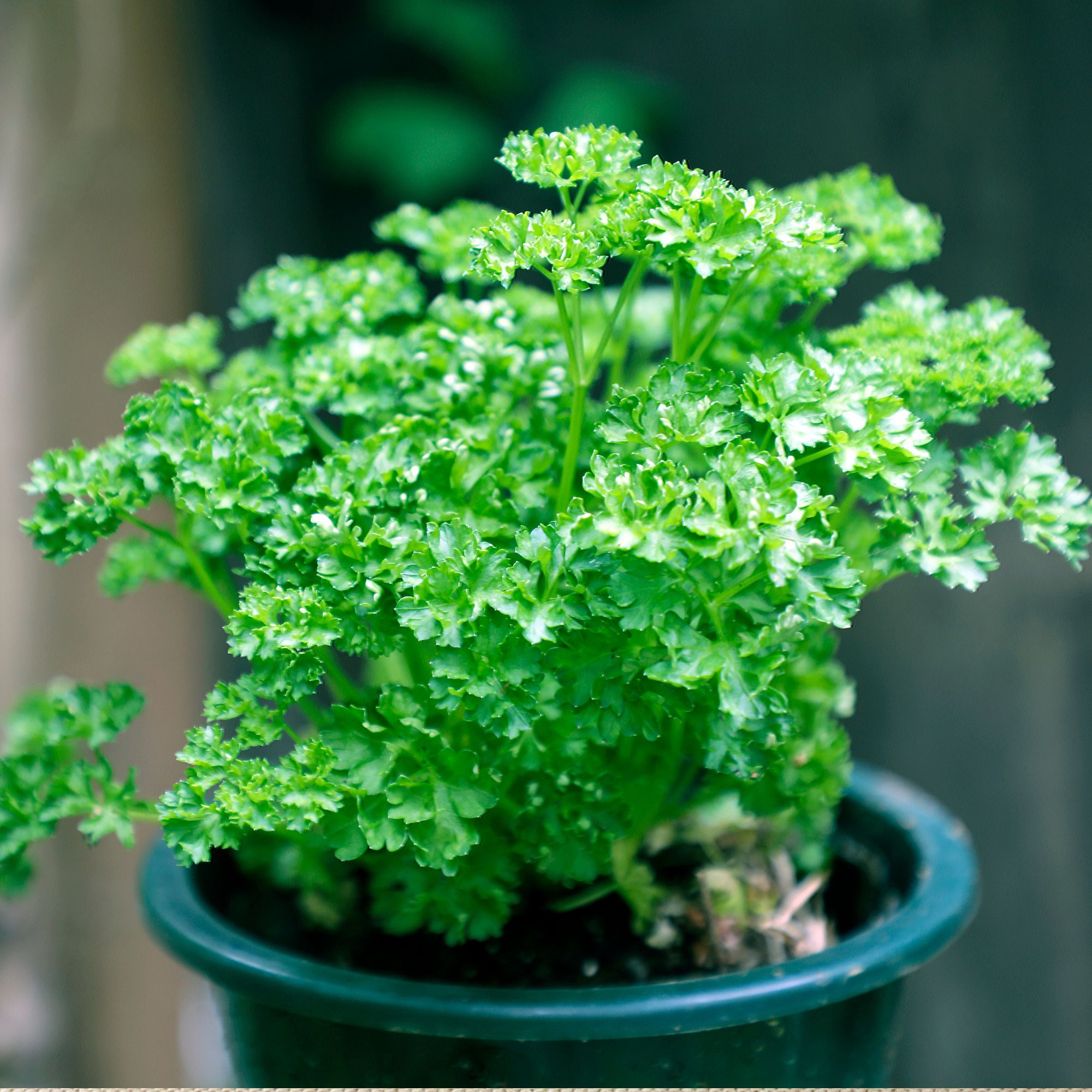
This is one to add to your herb garden ideas! 'Parsley Is a must in any keen cook’s list of ingredients and like a lot of other herbs is packed full of vitamins like K, A and C and is a reliable source of folate and iron,' says Penny. 'It has powerful antioxidant properties, supports bone health, boosts the immune system, and has anti-inflammatory effects.'
It’s also very tasty and a superfood that is especially easy to grow at home. Penny multi-sows seeds and plants out in a sunny or semi-shaded spot to grow on. 'Pick regularly as it’s a cut and come again,' she says. 'Leave in over winter and let it run to seed. The flowers are very attractive to beneficial insects that eat aphids and I also use stems in flower arrangements as it’s so pretty. It will also self-seed successfully.'
7. Strawberries
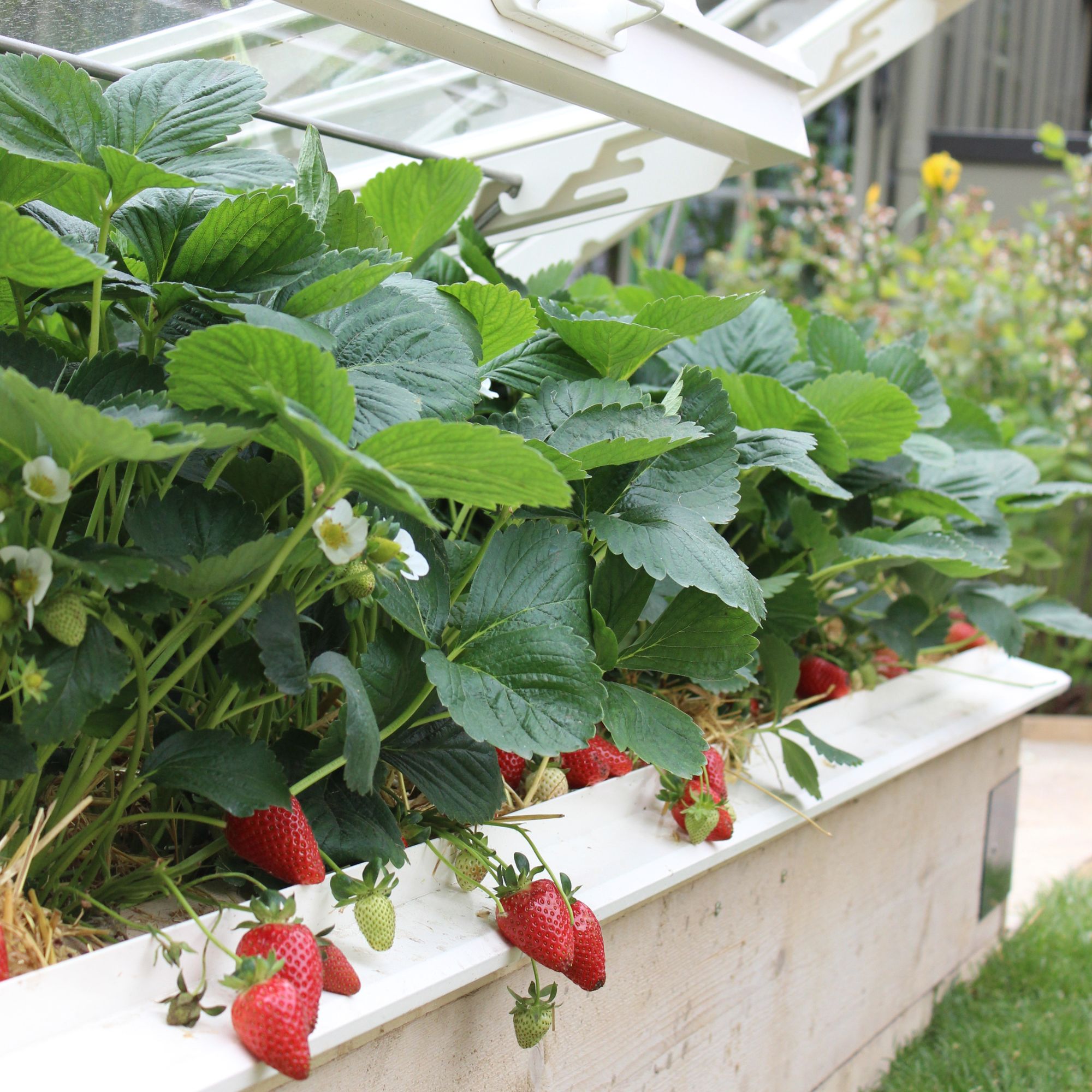
The are so many reason to be growing strawberries in your garden, and the fact that they are superfoods (high in antioxidants, particularly high in vitamin C and manganese) is just one of them. They support heart health; help regulate blood sugar and have anti-inflammatory and anti-cancer properties. Also high in fibre so good for digestion.
'Strawberries are an easy superfood to grow in the ground in a pot or hanging basket,' says Penny. 'Buy plants or bring on your neighbours’ runners!'
For best performance, plant strawberries in a sunny position with fertile well-drained soil. 'They require space to grow and spread out so plant about 30 cm apart with 50cm between rows,' is Penny’s advice.
8. Tree spinach
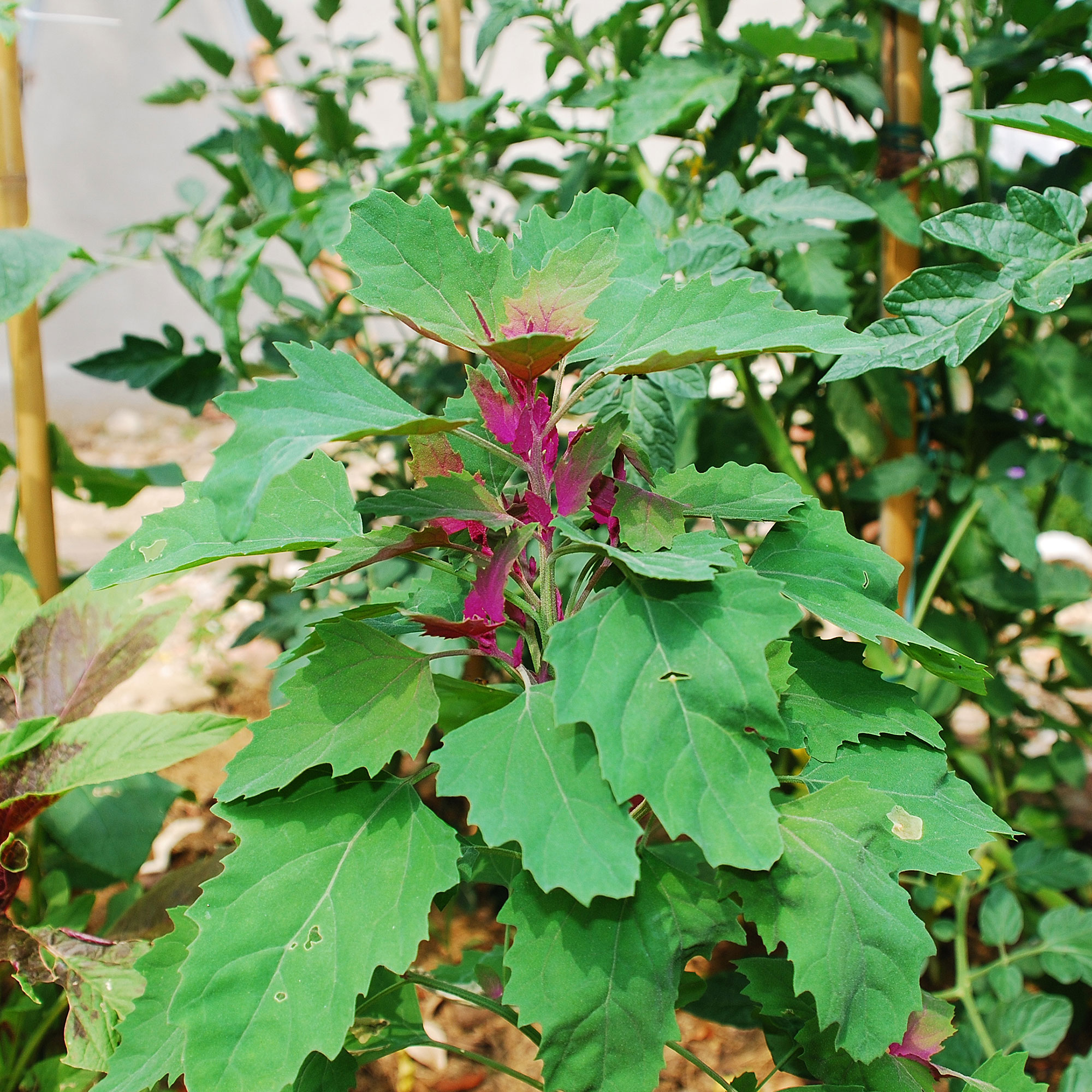
'Tree spinach is a very pretty relation of the weed Fat Hen [eaten in the UK from Neolithic times until the 16th century, when it was replaced by cabbage!] which is equally as nutritious, so try some when your next weeding it out of your garden,' says Penny.
A rich source of protein, vitamin A and C, calcium and iron, tree spinach is beneficial to bone health, immune function and as a natural energy booster due to its nutrient density, says Penny. It’s happy on most sunny sites, can grow to a height of two and half metres, and is notable for its bright magenta central rosettes, so it’s both ornamental and an easy superfood you can grow at home.
'Pick the tips regularly otherwise tree spinach will go to seed,' says Penny. 'Let it go to seed at the end of the season and you’ll find seedlings popping up next summer.'
Where to buy vegetable seeds online
- Thompson & Morgan - a huge range of seeds and plug plants
- Suttons - Every seed imaginable including a range of striking new hybrid vegetables and fruit
- Amazon - If you'd prefer to buy your vegetable seeds in a bundle Amazon has some brilliant options.
FAQs
What is the easiest superfood to grow?
Many superfoods, including kale and strawberries, are surprisingly easy to grow at home. But when it comes to the easiest superfood to grow at home, Annelise recommends beetroot.
'It’s so easy, green-fingered children can grow it in containers and there are fun varieties for them to try such as the candy-striped ‘Chioggia’,' she says. 'However, slugs do love them beetroot and they’re your biggest challenge. So scatter rows with organic slug pellets as soon as you sow.'
What is the most nutritious food to grow?
Kale is the most nutritious food you can grow says Richard. 'It can be enjoyed in salads, smoothies, sautéed dishes, and even baked into crispy chips, providing a convenient way to incorporate more greens into your diet and support overall health and well-being.'
So stop forking out for expensive bags of kale and asparagus at supermarket this year, and try growing your own.

Jayne Dowle is an award-winning freelance gardening, homes and property writer who writes about everything from swimming ponds to skyscraper apartments, for publications including Sunday Times Home, Times Bricks & Mortar, Grand Designs, House Beautiful and The Spectator. Awarded the Garden Journalist of the Year accolade at the Property Press Awards in 2021, she has a degree in English Language and Literature from the University of Oxford and a lifelong love of homes, interiors and gardens.